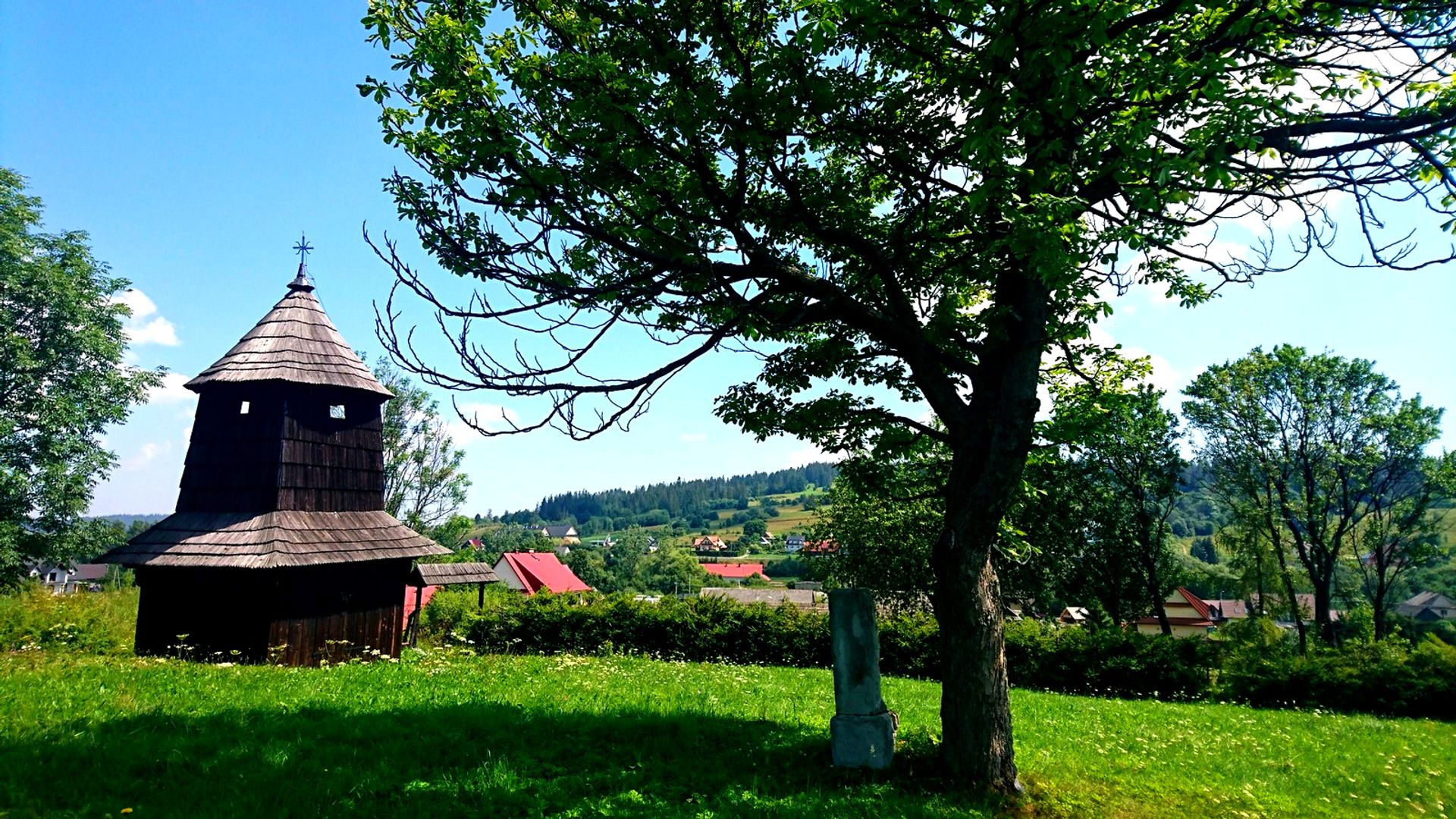Lower Zubrzyca
6.23

Overview
Lower Zubrzyca is a picturesque village located in the central part of the Jabłonka Municipality, in the valley of the Zubrzycki stream, surrounded by treeless hills. It belongs to the historical region of Orava, and its origins date back to 1614. The village is closely linked to Upper Zubrzyca, and the name "Zubrzyca" likely refers to a type of grass that European bison may have fed on, although the presence of these animals in the area has never been proven. Lower Zubrzyca was the first village where Wojciech Szyszka became the village head (sołtys). The village struggled with demographic and economic problems, especially after the Kuruc uprisings in the 17th century, but the situation began to improve in the 18th century when the population increased. Over time, mills and a brewery were established, the latter of which now lies abandoned.
The history of Lower Zubrzyca is also tied to its affiliation with Poland. In 1918, the village was incorporated into the newly reborn Polish state, and after various border changes, it permanently returned to Poland in 1920. Architecturally, the village features valuable structures, including stone figures and shrines, as well as a wooden Loretto bell tower from the 19th century, which played an important role in the community before the construction of the church. In 1989, Lower Zubrzyca gained the status of an independent parish, and between 1982 and 1984, the Church of Our Lady of Mount Carmel was built. The locals speak the Orava dialect, considered a subdialect of Lesser Polish.
Nearby attractions include an 18th-century bell tower, and in the neighboring Upper Zubrzyca, visitors can explore Babia Góra and the Orava Ethnographic Park, which preserves the traditions of Orava architecture. Notable residents of Lower Zubrzyca include singer Mateusz Ziółko and basketball freestyle world champion Paweł Kidoń. The village is a peaceful place, away from main tourist routes, offering beautiful views of the Tatra Mountains on clear days. Lower Zubrzyca represents the rich cultural and historical heritage of the Orava region.
Location
2025 Wizytor | All Rights Reserved